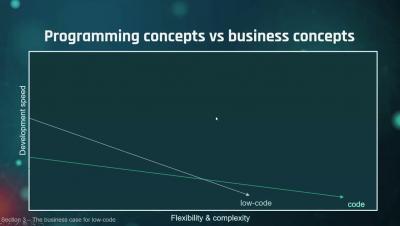Of Low-code, Digital Trust, and Staying Ahead of the Risk Curve, Part 1
We talk about risk like it’s a bad thing. But all innovation involves risk. Which isn’t necessarily bad. Not if the consequences of being wrong about it don’t pose an existential threat. But businesses everywhere are struggling to cope with doomsday scenarios such as climate change, cyber smash-and-grabs, the global COVID-19 crisis, and more.









